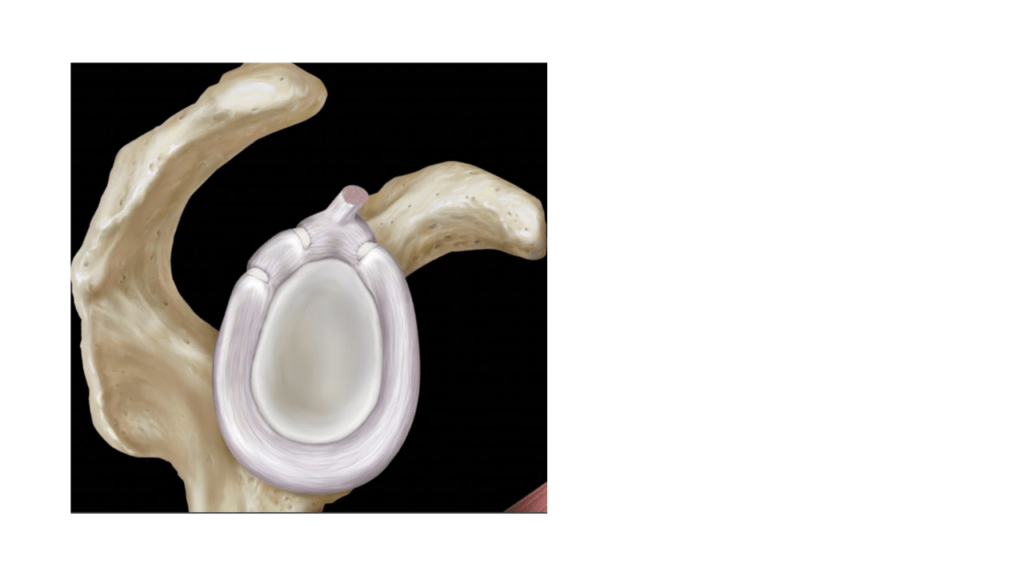What is it?
The shoulder is a ball and socket joint, consisting of the humeral head (ball) and glenoid (socket). It is the most mobile joint in the body and relies on multiple factors for stability. The labrum is a thick, fibro-cartilaginous tissue that lines the rim of the glenoid. It acts to stabilize the shoulder by deepening the socket and serving as the attachment site for the shoulder ligaments. The superior labrum also serves as the attachment site for the long head of the biceps tendon.
Superior labrum from anterior to posterior (SLAP) tears occur when the superior (or top) portion of the labrum is injured. Oftentimes, the proximal biceps tendon can be injured as well. Although these tears can occur from an acute injury, SLAP tears are commonly seen in athletes who participate in repetitive overhead sports, such as baseball, volleyball, tennis, or weight lifting.
Signs and symptoms of SLAP TearS
Common signs of labral tears include:
• Pain deep in the shoulder
• Difficulty with overhead sports (throwing, spiking, swimming)
• Weakness or fatigue with repetitive motion
• Decreased athletic performance
Diagnosis
In the office, a complete history and physical exam is obtained. Careful measurements of range of motion, strength, and stability of the shoulder are recorded. Diagnostic imaging, such as X-rays and MRI, may be necessary to confirm the diagnosis.
Treatment
Nonoperative management for SLAP tears is typically recommended as first line treatment. Such treatments include rest, ice, anti-inflammatories, and physical therapy. Physical therapy focuses on strengthening the rotator cuff and scapular muscles to stabilize the shoulder. In throwing athletes, stretching of the posterior capsule has been shown to improve the success rate in treating SLAP tears conservatively.
Surgical management of SLAP tears is recommended when conservative management has failed. There are generally two accepted surgical options for treatment of SLAP tears: arthroscopic SLAP repair or biceps tenodesis. Arthroscopic SLAP repair is a minimally invasive technique that utilizes small incisions to reattach the torn labrum back to the bone. Biceps tenodesis involves detaching the biceps tendon from the superior labrum and reattaching it in its natural location on the arm utilizing a mini-open incision. Both procedures are done in an outpatient setting under regional anesthesia, allowing patients to return home the same day. In conjunction with supervised physical therapy, both surgical options have been shown to successfully treat SLAP tears and return patients to their sports or activity.

RECOVERY
Following surgery, patients are immobilized in a sling for six weeks (including sleep for 4 weeks). Physical therapy begins around three weeks after surgery. Range of motion is then initiated at six weeks, followed by strengthening at 12 weeks. Patients generally return to activities at about 5-6 months postoperatively.
